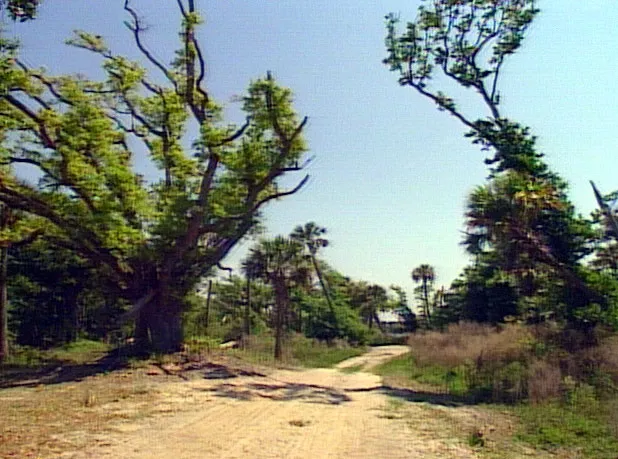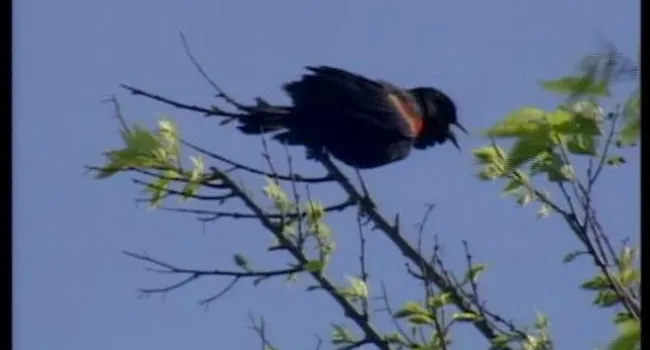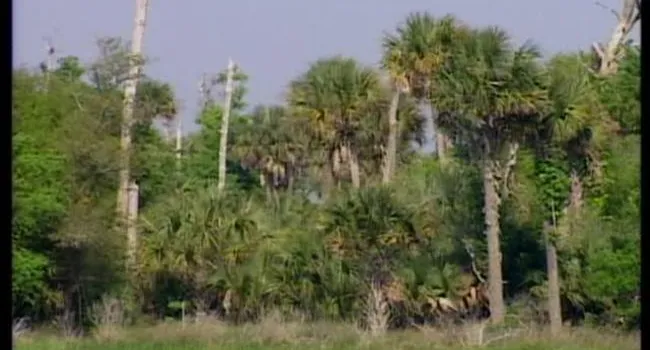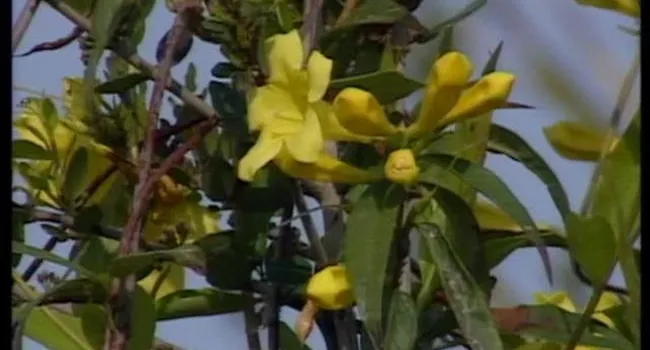
Bulls Island (S.C.) Stop 1
Episode
1
Video
Bulls Island was one of the most heavily damaged areas in South Carolina by Hurricane Hugo. Rudy and Jim visit Bulls Island to observe how nature is healing itself after the deadly hurricane. Here at...








